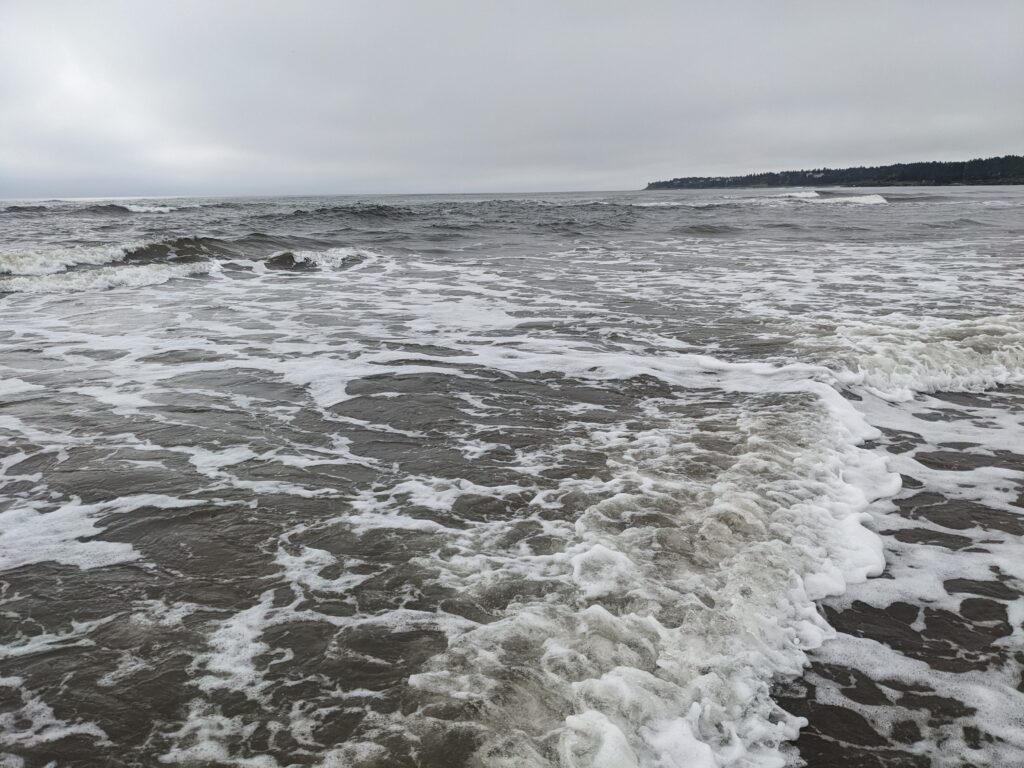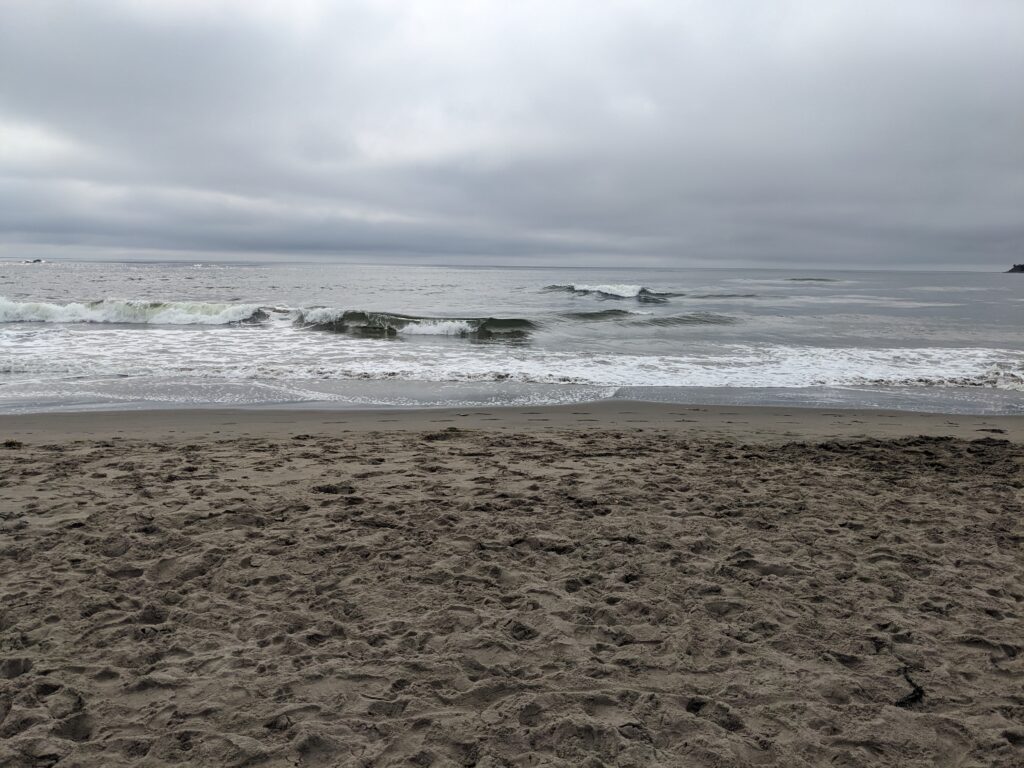Today I read about a new use for generative AI chatbots, personal shopping buddies for the holiday season. Every day, it seems, I hear about more cool, or nefarious, uses of artificial intelligence (AI). One of my favorites was learning about AI being trained to detect cancer on medical scans. On the flip side, people are quick to point out this will drastically impact the radiology profession. However, from my perspective, this seems like a perfect use case for AI.
I started thinking about this more on Friday when I had to get my toe x-rayed. I have a vague recollection of hurting it. Within a week of some minor discomfort starting, the toe swelled so much it wasn’t touching the ground and had some bruising. Hence the x-ray, to rule out a break to the joint. During my hour+ wait to get the x-ray, I had a lot of time to think. Mostly, since it was Friday, I was thinking about how long it would take for me to get my results. And how much faster, and cooler, it would be if AI was doing the review instead of a human. Maybe the results could even be available, at least for something like a broken toe, in real time.
Even though using AI to review medical scans will impact the radiology profession, it also provides a lot of benefits. AI is quick and can run 24/7 doing the reviews. This means patients will get results faster and medical facilities will have less backlog. I would imagine that some radiologists may experience fatigue looking at so many scans hour after hour. Maybe it would be nice to have AI available for an instant second opinion for some of the trickier results.
Based on what I’ve been reading, AI can also be very accurate with some things, like detecting cancer. Though it takes a long time to train, it feels very promising to me. There would still be a need for humans, but maybe AI can do some of the heavy lifting. AI can review the easier, straightforward scans to provide patients with peace of mind as soon as possible. Meanwhile, AI could review more complex scans and then flag them for human review, providing a built-in second opinion.
While I wait for AI-reviewed x-rays, and my own results, I’m hanging around with a taped up toe.



